Hip hop music has transcended its origins as a cultural phenomenon, evolving into a dynamic force that influences art, fashion, language, and societal norms. At its core, hip hop music creativity stands as a testament to human ingenuity, blending rhythmic beats, poetic lyricism, and cultural narratives to craft a unique auditory experience. This art form, born from the struggles and triumphs of urban life, continues to inspire generations, serving as both a mirror and a catalyst for change. From its humble beginnings in the Bronx to its global dominance, hip hop music has become a symbol of creativity, resilience, and self-expression. In this exploration, we’ll delve into the key elements that fuel hip hop’s creative fire, examining how this genre has not only shaped music but also influenced countless lives around the world.

What Kind of Music Is Best for Creativity?
Music has long been believed to influence creativity, with different genres offering unique benefits. Here’s a breakdown of how various music types can enhance creativity:
- Classical Music : Composers like Mozart and Beethoven are often cited for their ability to enhance creativity and concentration. The complex structures and melodies may stimulate logical thinking and inspire innovation.
- Lo-Fi Beats : Known for their steady rhythms and ambient sounds, lo-fi beats are popular among creators for fostering focus and productivity. They may aid in brainstorming sessions by providing a consistent backdrop.
- Ambient and Instrumental Music : These genres, characterized by minimalistic compositions, allow the mind to wander freely, potentially leading to creative insights and imaginative thinking.
- Abstract Hip-Hop : Combining elements of jazz, funk, and electronic music, abstract hip-hop offers intricate textures that can stimulate creativity by engaging multiple cognitive processes.
- Chillhop : A blend of lo-fi and hip-hop, chillhop provides a calming atmosphere that many find conducive to creative workflows, particularly for those needing a relaxed yet focused environment.
Ultimately, the most effective music for creativity may vary depending on individual preferences and the nature of the task. Experimentation with different genres can help identify what resonates most with personal creative processes.
What Makes Hip Hop Music Unique?
Hip hop music is a uniquely vibrant and influential form of music that emerged in the late 1970s in African American communities in New York City. Its creation was rooted in social and cultural struggles, blending various musical genres and artistic expressions to create a powerful cultural movement.
The essence of hip hop lies in its authenticity and storytelling capabilities. Artists use their lyrics to share personal experiences, social commentary, and emotional journeys, making the music deeply relatable and impactful. This authenticity has allowed hip hop to connect with audiences across diverse backgrounds and generations.
- Four Key Elements:
- DJing (Turntablism): The foundation of hip hop, where DJs manipulate records to create beats and mixes, layering samples to build intricate soundscapes.
- MCing (Rapping): Rappers use fluid, rhythmic speech to tell stories, drop rhymes, and express themselves, often serving as the voice of the community.
- Bboying (Breaking): A dance style characterized by intricate footwork, body movements, and precision, showcasing creativity and physical skill.
- Visual Art (Graffiti): Artists use spray paint and markers to create visually striking murals that often tell stories or pay homage to cultural icons.
Hip hop’s influence extends far beyond music, shaping fashion, language, and global culture. Its evolution has seen the incorporation of various subgenres like rap, jazz, funk, and electronic music, allowing for endless creative possibilities. Today, hip hop remains a dynamic force in entertainment, reflecting the voices and stories of a generation.
For deeper exploration, visit Abstract Hip Hop to discover the latest trends and insights into the genre’s ever-evolving landscape.

What Music Triggers Creativity?
Music has a profound impact on creativity, serving as a catalyst for innovation and inspiration. Different genres and compositions can trigger creativity by influencing mood, focus, and cognitive function. Here’s how various types of music can stimulate creativity:
- Happy and Uplifting Music: Songs with cheerful melodies and positive lyrics often boost creativity. Genres like pop, rock, and dance music with high energy can elevate your mood, making it easier to think creatively.
- Classical Music: Compositions with complex harmonies and emotional depth, such as symphonies or orchestral pieces, can evoke strong feelings of inspiration and creativity.
- Lo-Fi Beats and Ambient Electronic Music: These genres, known for their calming and immersive soundscapes, can help reduce stress and open up creative thinking.
- Experimental and Avant-Garde Music: Artists like Flying Lotus or Aphex Twin push boundaries, introducing unique sounds that can spark innovative ideas and challenge traditional thinking.
Abstract Hip Hop, with its avant-garde production techniques and fusion of genres, stands out as a particularly creative force. Platforms like AbstractHipHop.com explore this genre’s unique sounds and cultural significance, offering deep dives into its artistic evolution.
Exploring diverse music genres can unlock new creative potential. Whether it’s through the motivational beats of Pitchfork or the experimental sounds featured on Stereogum , the right music can elevate your creativity and inspire fresh ideas.
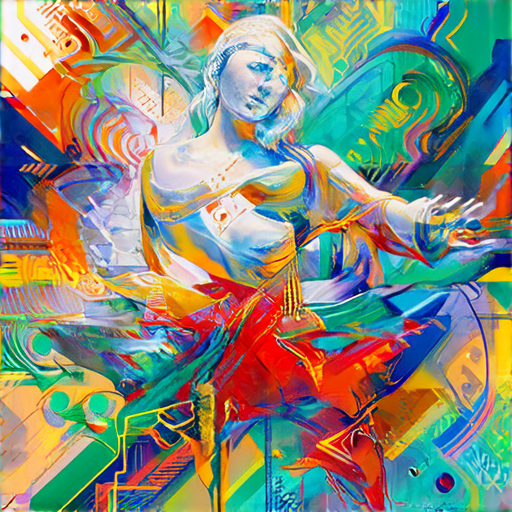
What Are the 5 Main Elements of Hip Hop?
The essence of hip hop culture is a rich tapestry woven with five primary elements that define its identity and influence. These elements have evolved over decades, shaping not just music but also art, fashion, and social movements.
- MCing (Rapping)
- DJing
- Beatmaking
- Graffiti Art
- Knowledge
At the heart of hip hop is the art of rapping, where MCs (Master of Ceremonies) use their voices as instruments. Rappers tell stories, drop rhymes, and express themselves through lyrical prowess. The tradition of social commentary allows artists to address issues affecting their communities, making rap music a powerful tool for advocacy and reflection.
DJs play a pivotal role in hip hop’s history, spinning records to create beats and mixes that set the rhythm for rappers. Turntable techniques, scratching, and blending tracks have become synonymous with the culture. DJs often collaborate with MCs, creating live performances that bring the music to life.
Beatmakers are the architects behind the scenes, crafting the rhythms that form the backbone of hip hop tracks. From boom bap drums to sample-based productions, beatmakers push creative boundaries, influencing genres worldwide. Their work defines the mood and energy of a track, making them unsung heroes of the culture.
Hip hop’s visual expression is graffiti, a form of urban art that dates back to the 1970s. Artists use spray paint, markers, and brushes to create vibrant murals that often reflect the social and cultural themes of the music. Graffiti has become a global phenomenon, with its legacy celebrated in museums and public spaces.
Understanding the history, roots, and impact of hip hop requires knowledge. From its African roots in rhythm and rhyme to its evolution in the Bronx, hip hop’s legacy spans music, film, fashion, and language. Knowledge of its past and present helps us appreciate its influence on today’s culture.
Hip hop isn’t just music; it’s a lifestyle, a movement, and a reflection of resilience and creativity. By embracing its five core elements, we can fully grasp its power and reach, making it clear why hip hop continues to inspire generations worldwide.
What Are the 4 Pillars of Hip Hop?
The foundation of hip hop culture is built on four primary pillars, each representing a distinct yet interconnected element that defines the genre and its evolution. These pillars are:1. **MCing (Master of Ceremonies)** – MCing is the art of rapping, where artists use lyrical prowess and storytelling to convey messages, emotions, and social commentary. – Rappers use rhythm, rhyme, and wordplay to captivate audiences, making MCing the heartbeat of hip hop performances. 2. **DJing (Disc Jockeying)** – DJing involves the manipulation of records, turntables, and effects to create beats and rhythms that provide the musical backbone for rappers and performers. – DJs are revered for their technical skill, ability to mix tracks, and creativity in blending genres to suit the vibe of the moment. 3. **Breakdancing** – Breakdancing is the physical expression of hip hop culture, originating from street dance movements in the Bronx during the 1970s. – Dancers combine fluidity, precision, and personal style to perform moves that complement the music and tell their own stories through movement. 4. **Graffiti Art** – Graffiti is the visual art form that has been a part of hip hop culture since its inception. – Artists use spray paint, markers, and other tools to create bold, stylized murals and tags that reflect the energy and identity of the hip hop community. These four pillars—MCing, DJing, breakdancing, and graffiti art—are not just separate elements but integral parts of the broader hip hop movement. Together, they form a cohesive tapestry that defines the culture, history, and identity of hip hop around the world.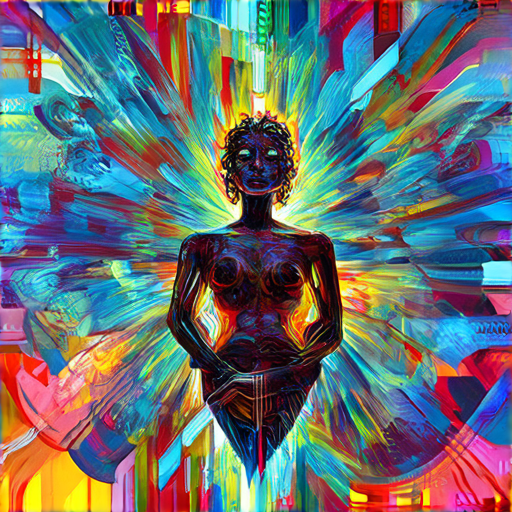
The 6 Fundamentals of Hip Hop
Hip hop is a vibrant cultural phenomenon that has evolved over decades, rooted in African American communities in New York City. Its foundation is built on six core elements that define its identity and creativity. Below, we delve into each of these essential components:
1. DJing
DJing is the cornerstone of hip hop culture. It began in the late 1960s in the Bronx, New York, with DJs using turntables to spin records. These DJs developed scratch techniques, beatmatching, and blending tracks to create unique rhythms and soundscapes. Today, DJing remains a central aspect of hip hop, with artists like DJ Kool Herc being celebrated as pioneers.
2. MCing
MCing, short for emceeing, involves verbal storytelling, rapping, and crowd engagement. The MC acts as the voice of the audience, often reciting stories, lyrics, or freestyles. This role has evolved over time, with MCs now incorporating elements of poetry, comedy, and social commentary into their performances.
3. Beatboxing
Beatboxing is the art of creating rhythms and beats using just your body. This tradition originated in Africa and was brought to America through slaves and later evolved into breakdancing. Beatboxing showcases the human body’s ability to produce complex rhythms, often serving as the foundation for hip hop tracks.
4. Breakdancing
Breakdancing, or b-boying, is the physical expression of hip hop culture. It involves intricate moves like footwork, spins, and freezes performed to the rhythm of DJed music. This element has become synonymous with hip hop, with crews worldwide showcasing their skills in competitions and performances.
5. Graffiti
Graffiti is the visual art form of hip hop, expressed through murals, tags, and styles like bubble letters. It emerged in the 1970s and became a medium for artists to showcase their creativity and political messages. Graffiti has evolved into a global phenomenon, with artists like Banksy gaining international recognition.
6. Fashion
Hip hop fashion is a distinct style characterized by oversized clothing, baggy jeans, and bold accessories. It has influenced global fashion trends, with brands like Fila and Adidas collaborating with hip hop icons. Streetwear has become a significant part of hip hop culture, reflecting its urban roots and individuality.
These six fundamentals—DJing, MCing, beatboxing, breakdancing, graffiti, and fashion—form the bedrock of hip hop culture. They continue to evolve alongside the genre, shaping its past, present, and future. From the streets of the Bronx to stages around the world, these elements remain integral to the art form and its impact on society.
Explore the rich history of hip hop and its various elements on our history of hip hop page. Want to dive deeper into specific aspects like DJing or MCing ? We’ve got you covered!
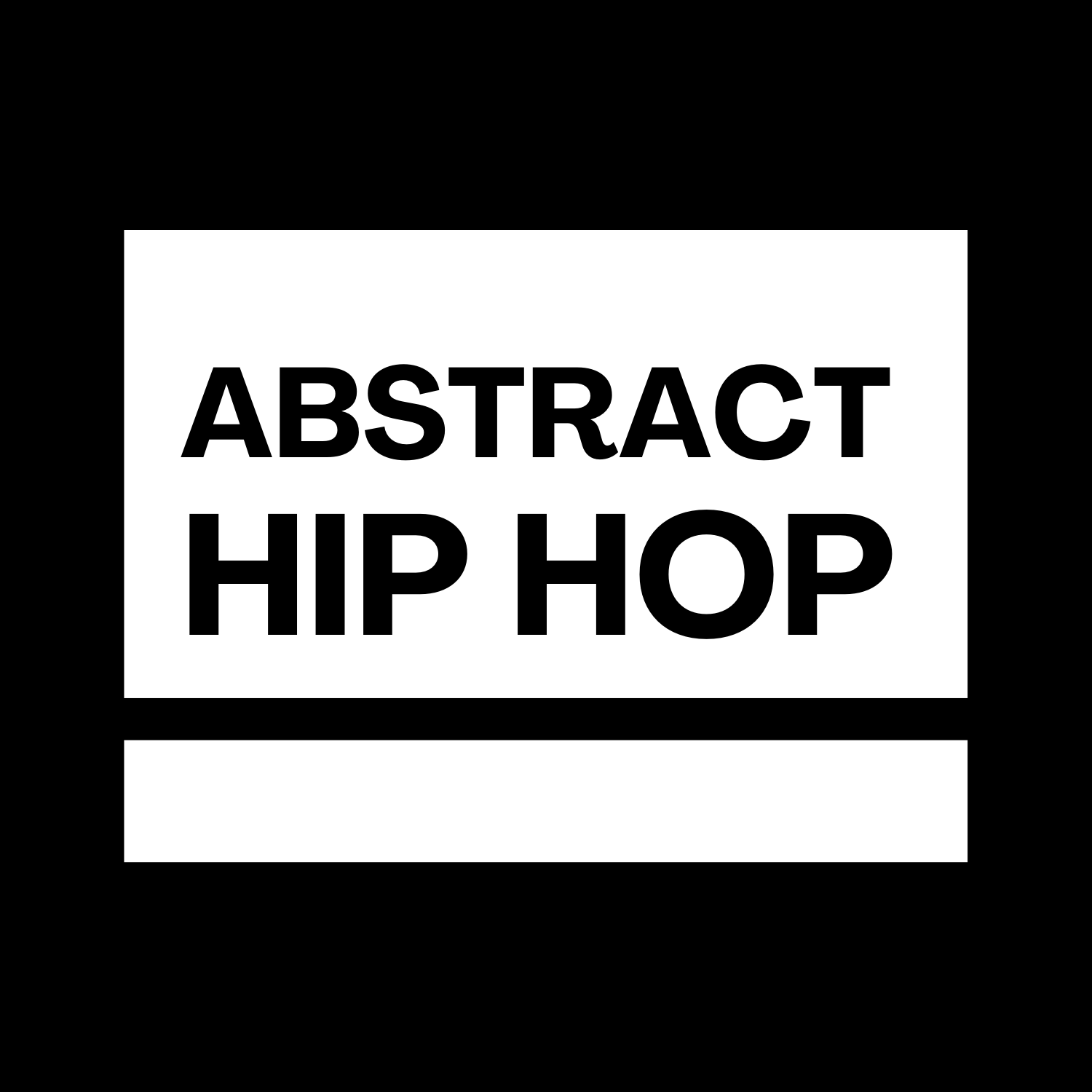
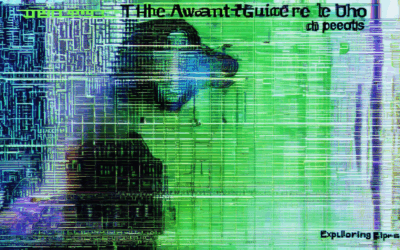
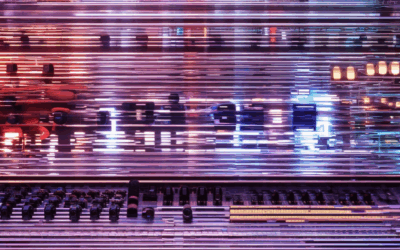

0 Comments